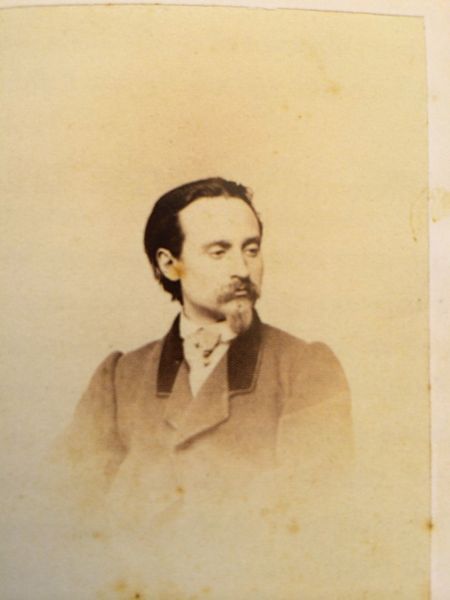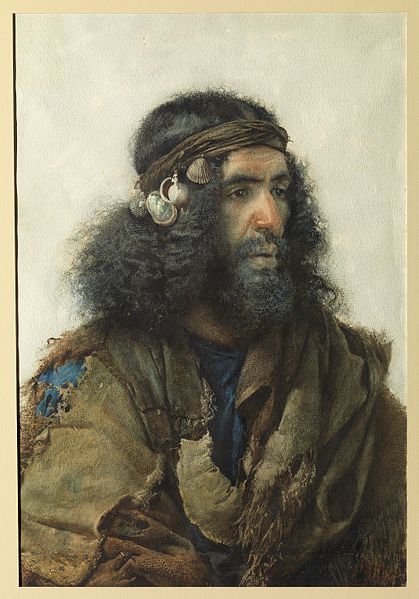lesfressange:The Peak Of Orientalia- JOSEP TAPIRO y BAROWikipedia:Josep Tapiró i Baró (17 February 1
lesfressange:The Peak Of Orientalia- JOSEP TAPIRO y BAROWikipedia:Josep Tapiró i Baró (17 February 1836, Reus - 4 October 1913, Tangier) was a Catalan painter; best known for his watercolor portraits from Morocco is parents owned a hardware store. As with many future artists, he displayed an early affinity for drawing. His first formal studies were in 1849 with Domènec Soberano, a local wine merchant and amateur painter.[1] In 1853, he and his fellow student, Marià Fortuny, were given the opportunity to exhibit at a showing held by the Casino de Reus.Later that year, he and Fortuny enrolled at the Escola de la Llotja, where he studied with Claudi Lorenzale, a painter associated with the German Nazarene movement, among others.[1] At this time, he produced mostly historical and religious scenes. In 1857 he, Fortuny and two others were given the opportunity to compete for a grant to study in Rome. Fortuny was chosen and Tapiró moved to Madrid, where he enrolled at the “Escuela Superior de Pintura y Grabado”, a branch of the Real Academia de Bellas Artes de San Fernando. His instructor there was Federico de Madrazo.[2] He returned to Barcelona in 1860 and assisted with decorating the façade at the Palau de la Generalitat de Catalunya n 1862, he joined his friend, Fortuny, in Rome and was introduced to his circle of artistic acquaintances who met at the Antico Caffè Greco. They also visited Naples and Florence together. While there, he took evening classes to learn how to paint watercolors and his works began to focus more on genre themes. These works became very popular and established his reputation.In 1871 he, Fortuny and Bernardo Ferrándiz took a trip to Tangier.[1] This would prove decisive for his career. In 1873, he held his first showing of Orientalist paintings at the “International Art Circle of Rome”.Fortuny’s sudden death in 1874 affected Tapiró deeply, and prompted his decision to leave Rome. Rather than remain in Spain, his memories of Tangier led him to join a diplomatic mission on its way to meet with Sultan Hassan I in 1876. Once there, he moved into a newly-built home near the medina quarter and later acquired an old theater to serve as his studio.[1] Although he frequently travelled to exhibitions (as far afield as Saint Petersburg and New York) and spent the summers with his family in Reus, he would live in Tangier for the rest of his life.Sample Works:1. “Santon" 2 “Bellesa tangerina”3.Berber Bride 4. Profile of Moroccan Man 5. The Sharif of Ouazzane 6. A Faqih of the Darqawa sect 7. Man Wearing a Burnous 8. Moorish Man9. Bust of Arab Man -- source link
Tumblr Blog : madamelesfressange.tumblr.com
#paintings#portraits#wow#art#morocco#19th century









